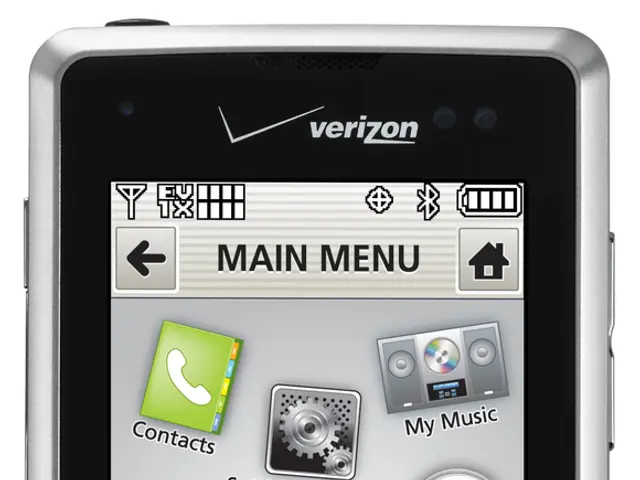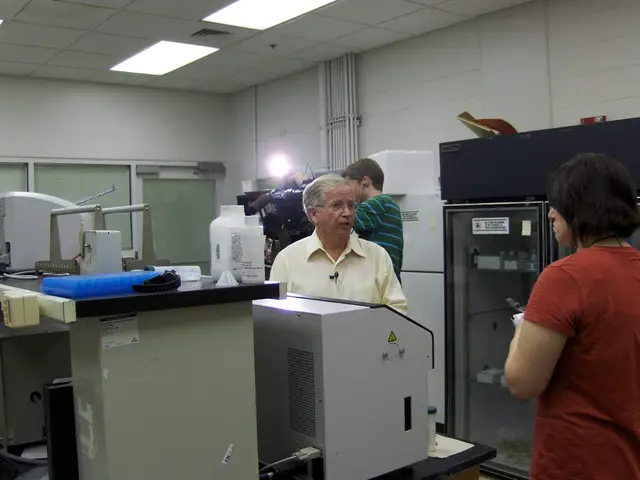Reviving An Unfamiliar Apple OS for Contemporary Hardware Equipment
In the late '90s, Apple, grappling with profitability issues, flirted with the idea of licensing its software to other computer manufacturers – a move that also aimed to modernize its operating system, which was dangerously falling behind Windows. Amidst this, the fascinating OS known as Rhapsody was born. Although Apple opted out of licensing eventually, this experimental period produced some intriguing results [1][2].
For instance, [Omores] successfully ran Rhapsody on an i7-3770 CPU using a Gigabyte GA-Z68A-D3-B3 motherboard that emulates SATA drives, a crucial requirement for Rhapsody's installer [2]. Despite the motherboard lacking a floppy disk drive, [Omores] ingeniously used an older Asus P5E board with a floppy drive to install Rhapsody onto an SSD, afterwards transferring it to the Gigabyte board [2].
Initially, the installation encountered a kernel panic due to an oversupply of memory. To remedy this, [Omores] capped the memory available to the OS by setting the maxmem value [2]. The graphical installation proceeded fairly smoothly after that, with Rhapsody quickly recognizing the graphics card and eventually working with one of [Omores]'s ethernet cards [2]. Installation of necessary tools like web browsers and decompression utilities required some command line wizardry [2].
Rhapsody, like some of Apple's lesser-known operating systems, is not a new phenomenon. In fact, you might recall other operating systems that saw updates to Apple's original releases or even inspired the creation of Apple hardware by enthusiasts [1][2].
Thanks to [Stephen Walters] for sparking our curiosity!
[1] https://en.wikipedia.org/wiki/Rhapsody_(operating_system)[2] https://www.macworld.co.uk/features/apple/20-things-you-didnt-know-rhapsody-3451167/
On a related note, Apple's innovative spirit extends beyond its well-known modern OSes like macOS and iOS. Over the years, it has experimented with several operating systems, such as Rhapsody, Taligent, Copland, and Gershwin, which contributed significantly, although not always successfully, to the tech giant's evolution [1][2].
Moreover, enthusiasts have been known to build Apple-compatible hardware using Apple's open-source Darwin kernel, paving the way for projects involving custom hardware to run macOS, although these attempts are not officially supported by Apple [1].
Other obscure systems, such as NeXTSTEP and OPENSTEP, laid the foundation for modern macOS, providing a Unix-based foundation and being used in various hardware configurations, including Intel and PowerPC platforms [1][2]. These operating systems and projects highlight Apple's experimental and innovative approach to developing its technology ecosystem over the years.
The experimentation period involving Apple's OS Rhapsody also included running it on various hardware, such as an i7-3770 CPU, coupled with a Gigabyte GA-Z68A-D3-B3 motherboard and an older Asus P5E board with a floppy disk drive [2]. Amidst Apple's evolution, the tech giant has dabbled in numerous lesser-known operating systems like Rhapsody, Taligent, Copland, and Gershwin, some of which, although not always successfully, have significantly contributed to Apple's technology advancements [1][2].








